THE SEVEN SEAS
RAJA AMPAT
& TRITON BAY
The Global Epicentre of Marine Biodiversity!
THE SEVEN SEAS
RAJA AMPAT
& TRITON BAY
The Global Epicentre of Marine Biodiversity!
The legendary Raja Ampat archipelago to the northwest, Cenderawasih Bay to the north, and Triton Bay to the south, the variety of experiences available in West Papua range from unforgettable scuba dives, sea kayaking / SUP paddling across a constellation of beautiful islands, world-class hiking and bird-watching opportunities, and so much more.
Known as the Bird’s Head Seascape, this ecological treasure trove covers more than 225,000 square kilometers and is home to the world’s most biodiverse coral reefs. Exploring Raja Ampat and the surrounding Seascape is one of our signature trips aboard the Seven Seas – let us show you the very very best of this amazing paradise in Eastern Indonesia.
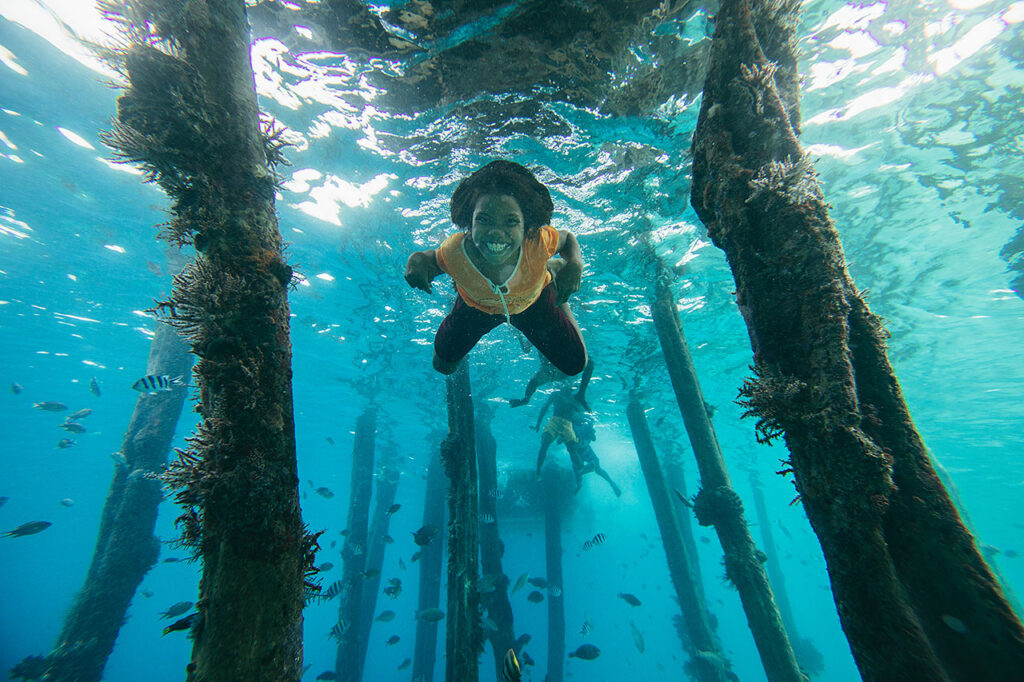
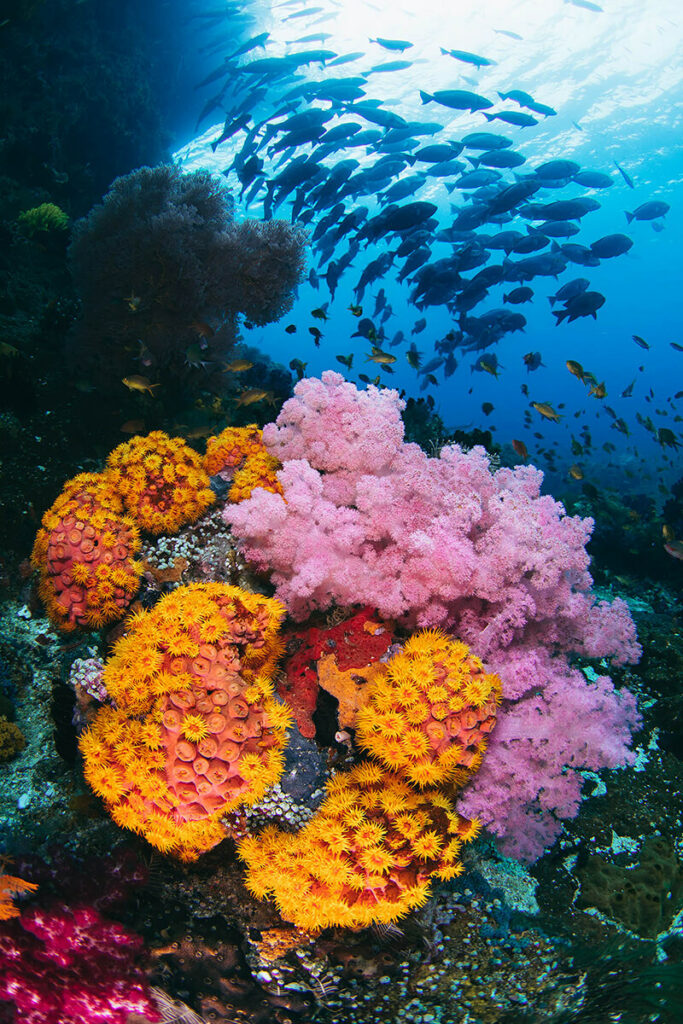
THE ISLANDS
The islands of Raja Ampat invite you to explore, experience, immerse yourself in the stunning natural beauty of the Coral Triangle’s crown jewel. From Wayag, Misool, Batanta, to the Fam Islands and Wagmab Island chain (just to name a few) – the variety of activities available in and around this natural wonderland are among the most diverse to be found on any liveaboard dive trip.
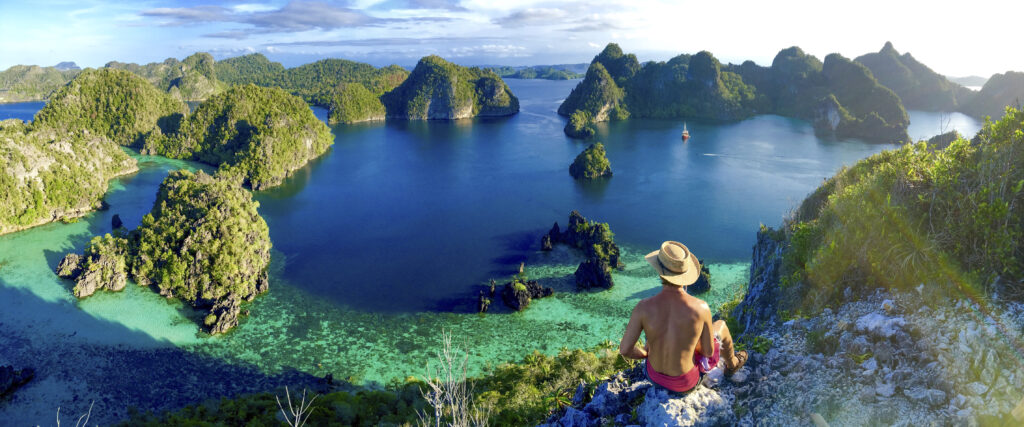
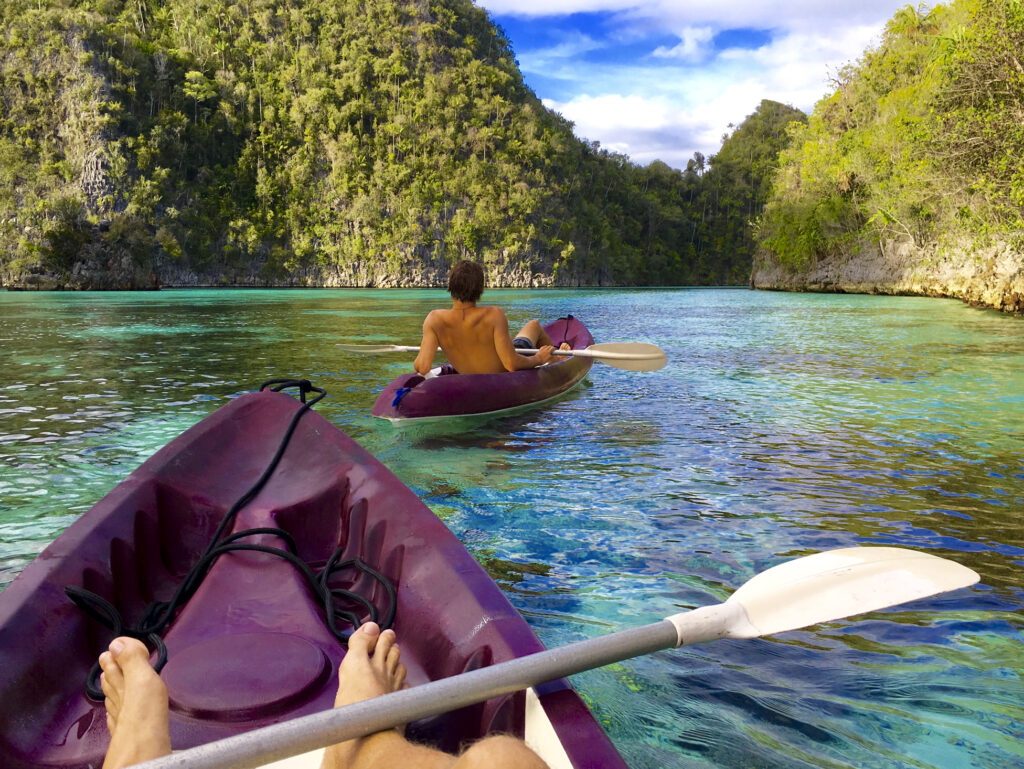
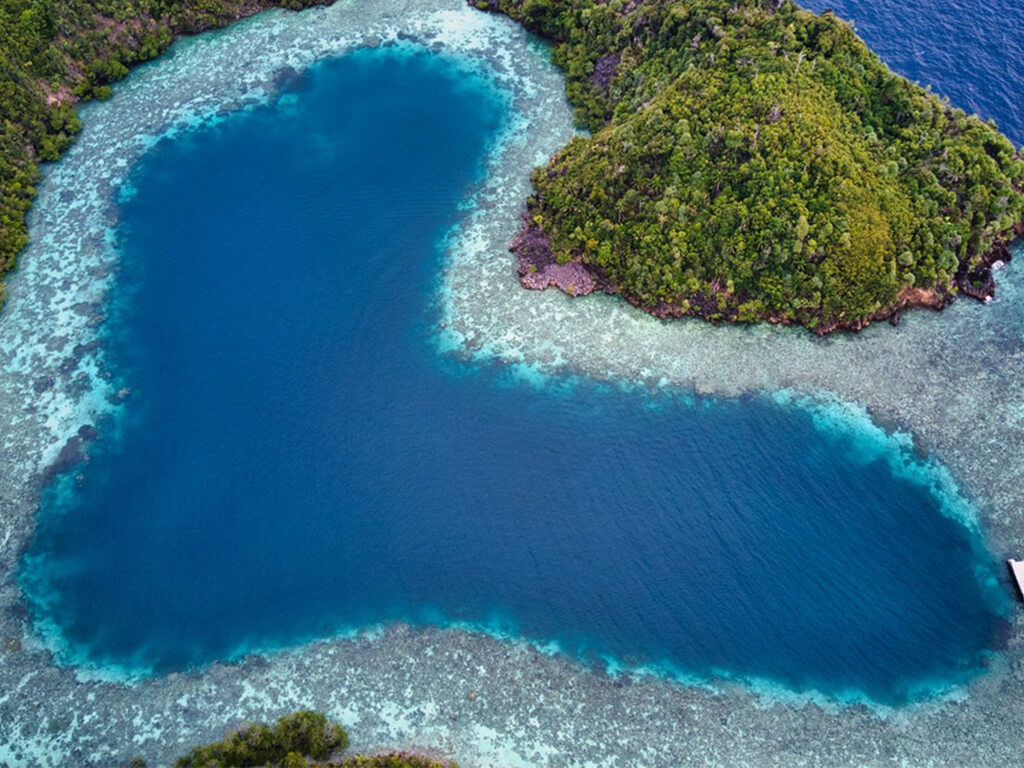
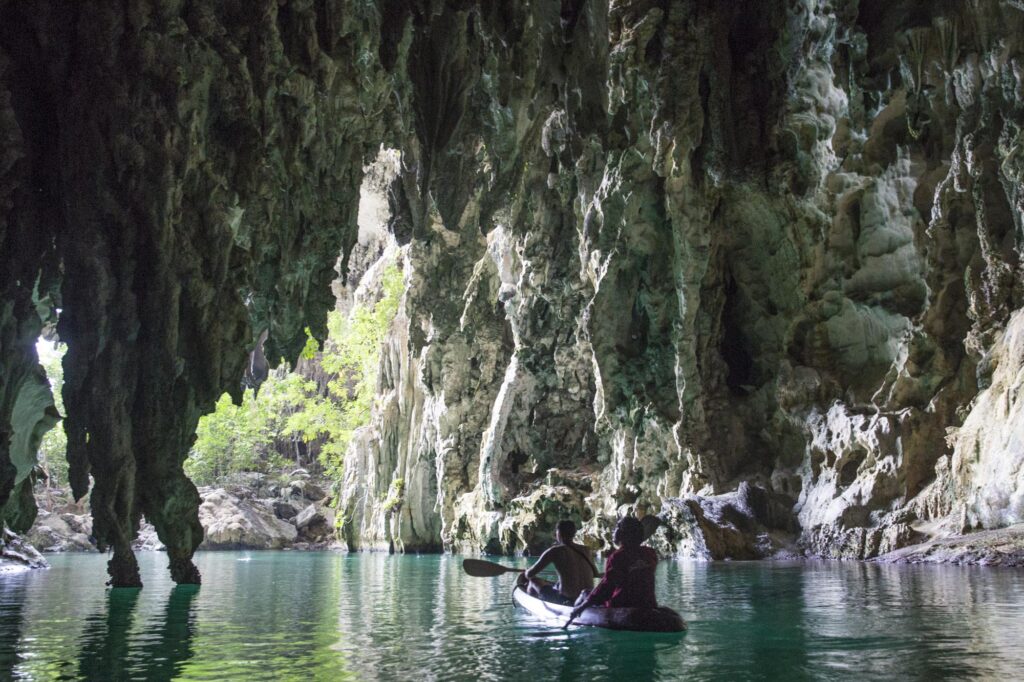
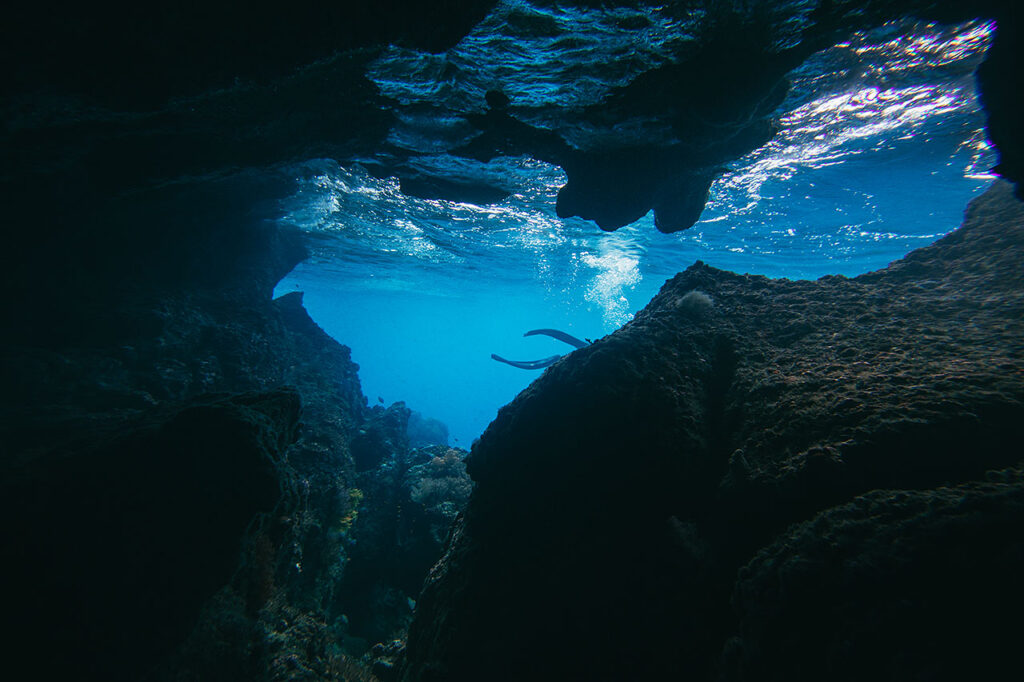
Explore the iconic islands of Wayag by sea kayak, pausing to take a swim on a secluded beach before paddling into a wonderland of shallow coral reefs and hidden coves. Karst limestone cliffs project like castle walls from the sapphire blue water – arguably one of the best places on earth to explore by sea kayak or stand up paddle board.
Further south, the beehive-shaped karst islands of the Wagmab Island chain offer a stunning network of kayaking and dive spots.
Divers dream of the legendary dive spots around Misool, where an encyclopedia’s worth of marine creatures can be found. The rocky islands to the Southeast of Misool offer excellent snorkeling as well as the chance to explore networks of caves and underground rivers.
An enormous atoll can be found in the Pacific waters to the north, around Ayau Island. With so many highlights spread over such a wide area, and with land access difficult or non-existent, The Seven Seas liveaboard offers the perfect platform for getting the most out of your time in Raja Ampat.
You’ll wake up in a new, jaw-dropping destination every morning – spend the day diving, trekking the rainforest, sea kayaking, stand up paddling, or just pausing to take in another stunning panoramic view from the comfort of our upper lounge while sipping a sunset drink or enjoying a pre-dinner snack.
Our core itinerary usually requires the full fourteen days of cruising, allowing enough time to explore several of the highlights of Raja Ampat as well as allowing time to explore new areas away from the typical route.
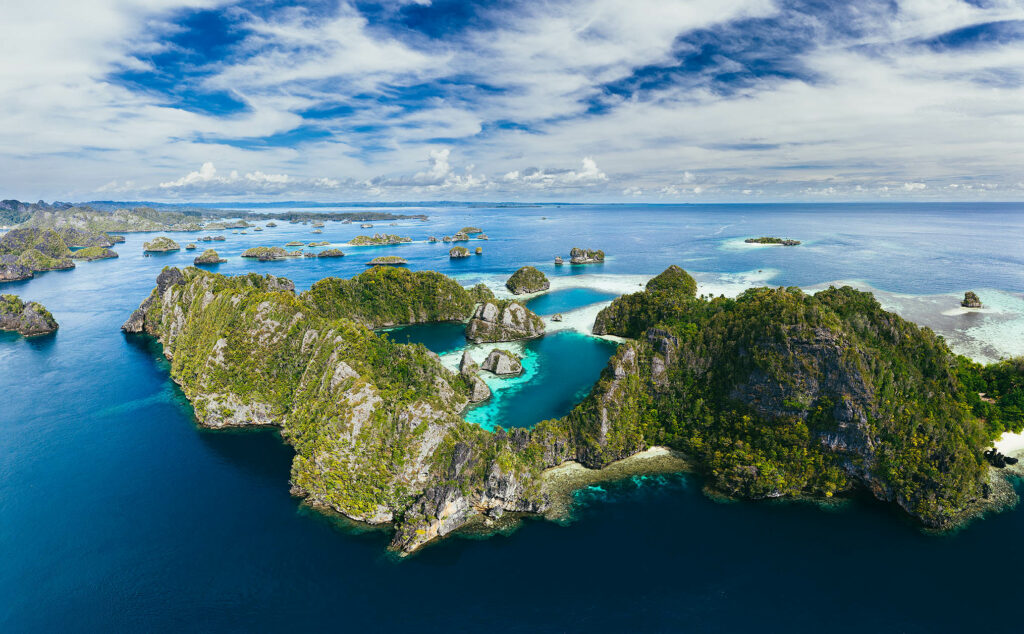
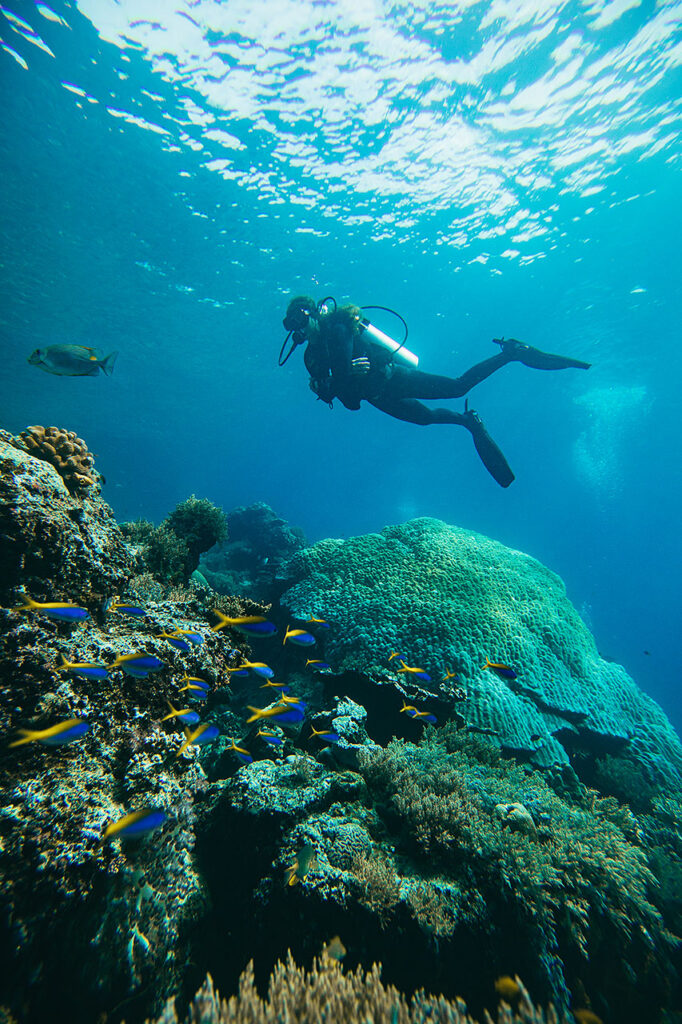
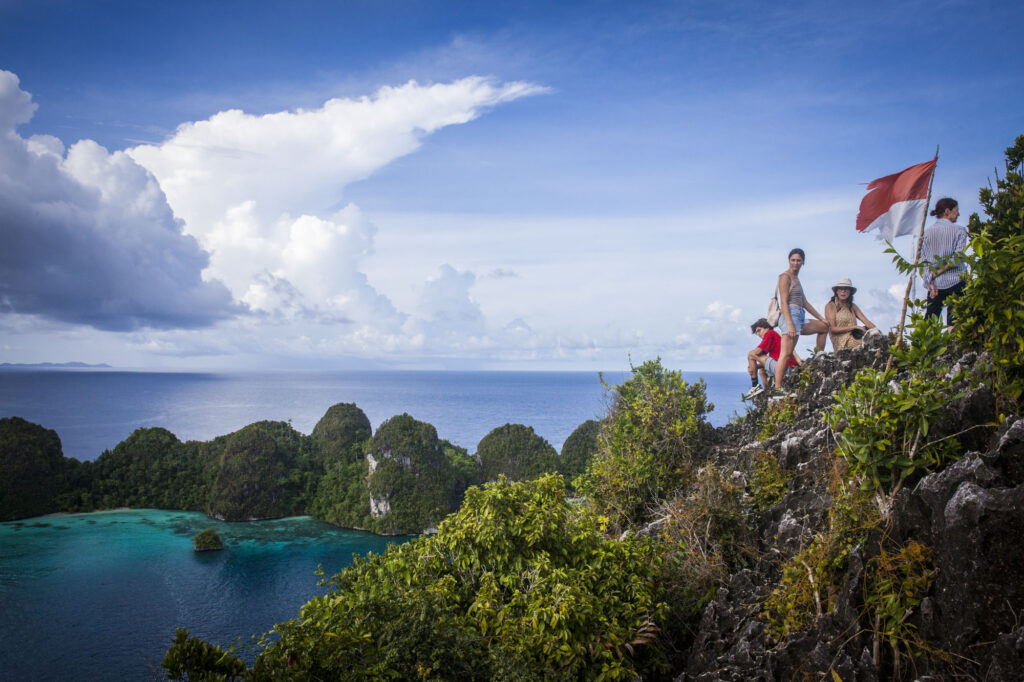
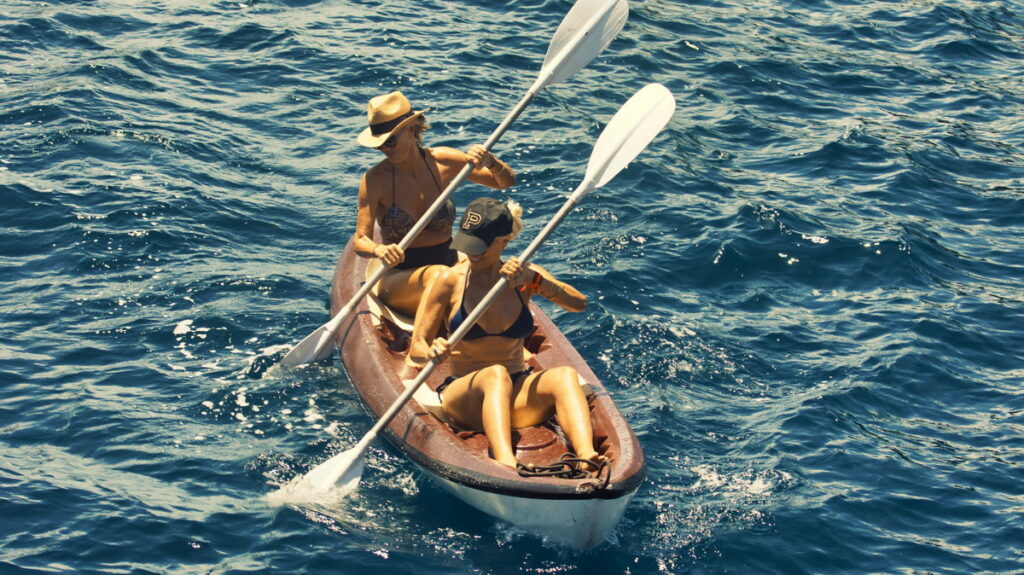
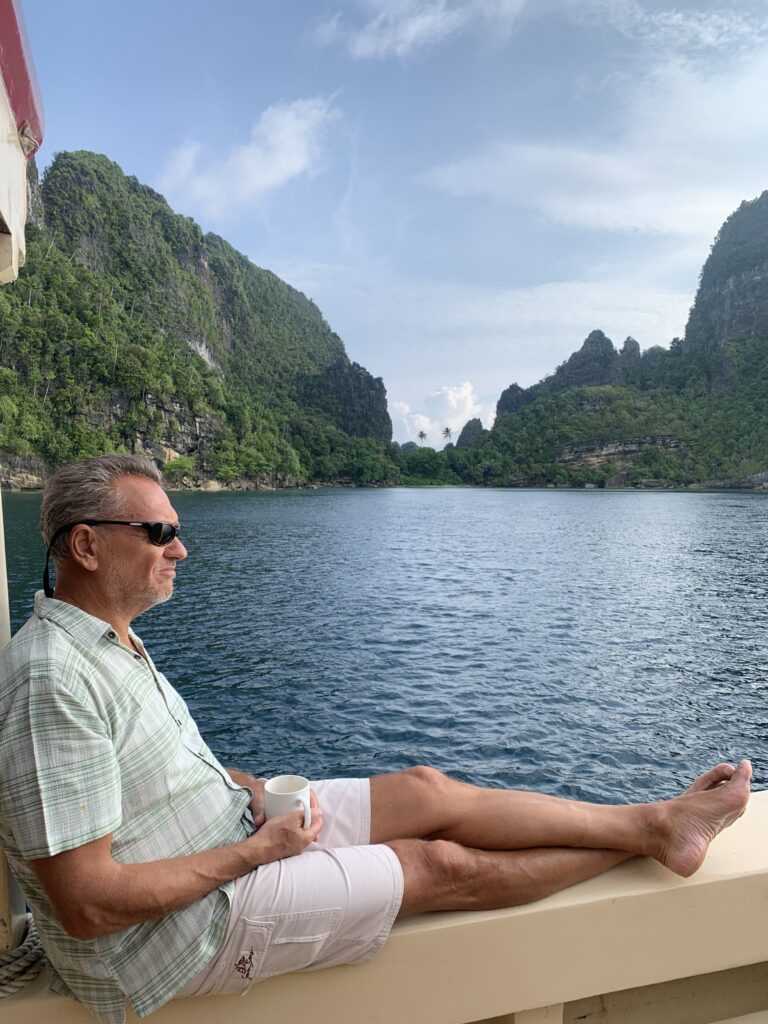
THE DIVING
For most divers, Raja Ampat is truly the trip of a lifetime – an unforgettable opportunity to experience one of the most incredible marine environments on the planet.
With more species than anywhere else on earth, diving in and around Raja Ampat can feel like the underwater equivalent of bird watching – you’ll have a chance to see species that you’ve not found anywhere else. From rare invertebrates and coral species, all the way up to whale sharks, manta rays, dolphins, and even migrating orcas, sperm whales and baleen whales – Raja Ampat offers the ultimate variety of dive sites to suit even the most experienced underwater explorer.
From the unforgettable reefs of the Fam Island group, the pelagic fish and manta rays of the Dampier Strait, the incredible critter & macro diving at Batanta and Aljui Bay, to the beautiful coral gardens and snorkeling spots around Misool, you’ll have the chance to fill up your camera’s memory card (or your own memory bank) with something you’ve never seen underwater before.
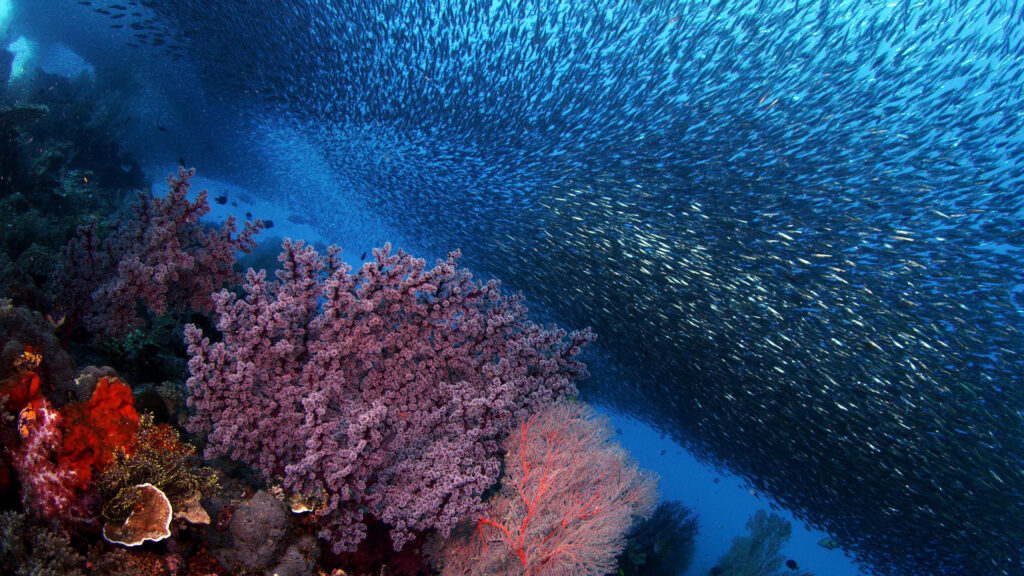
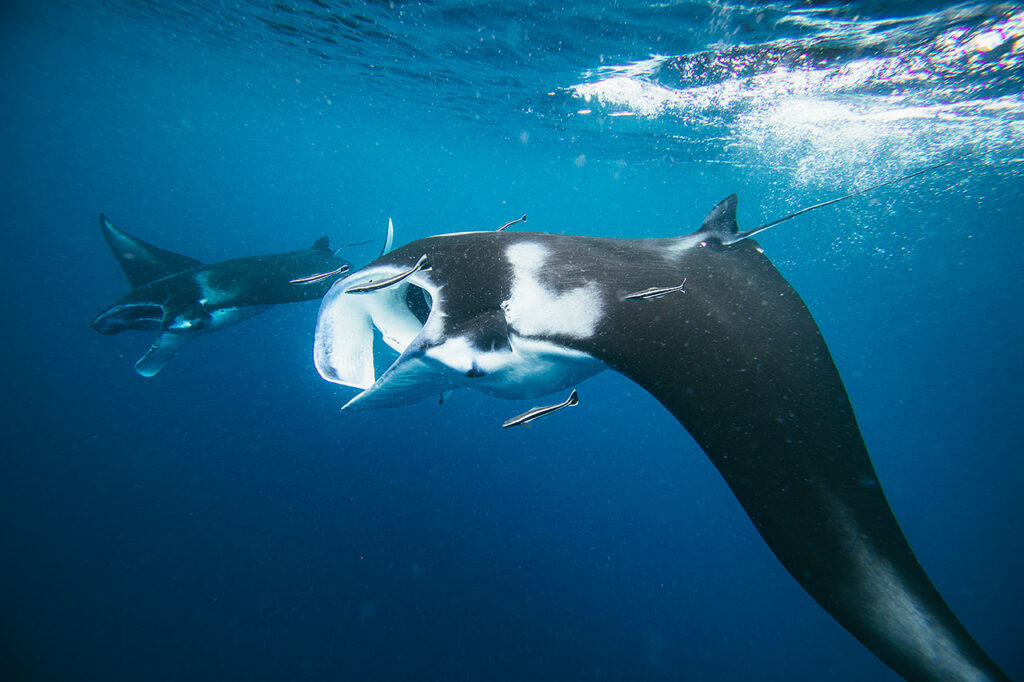
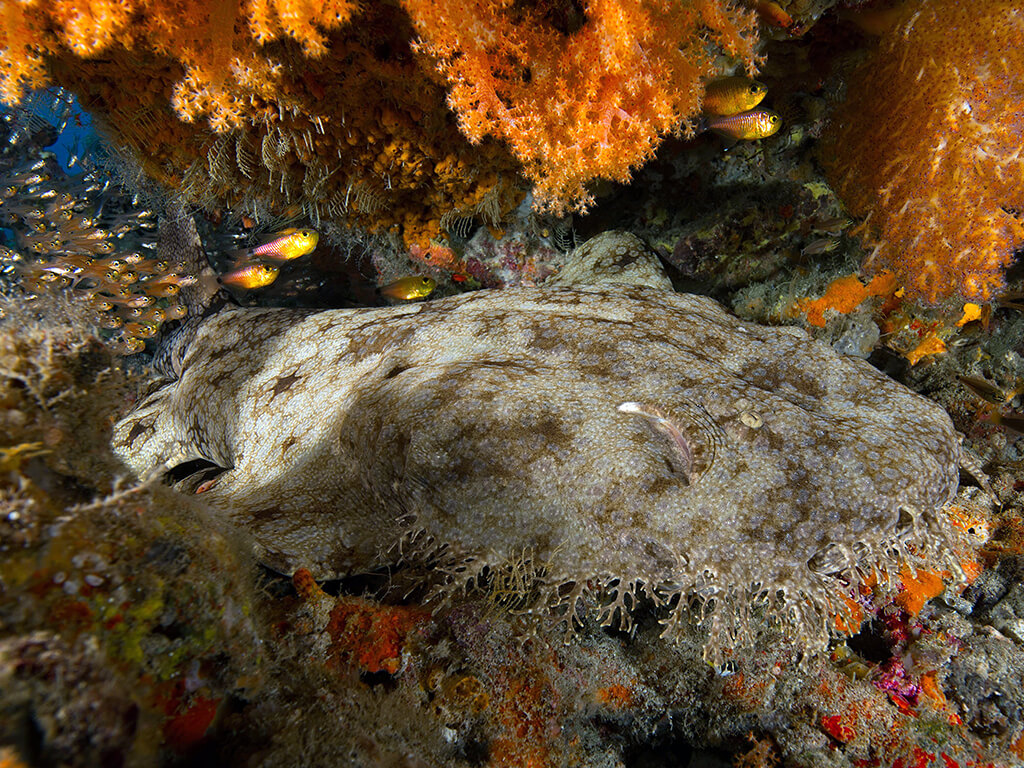
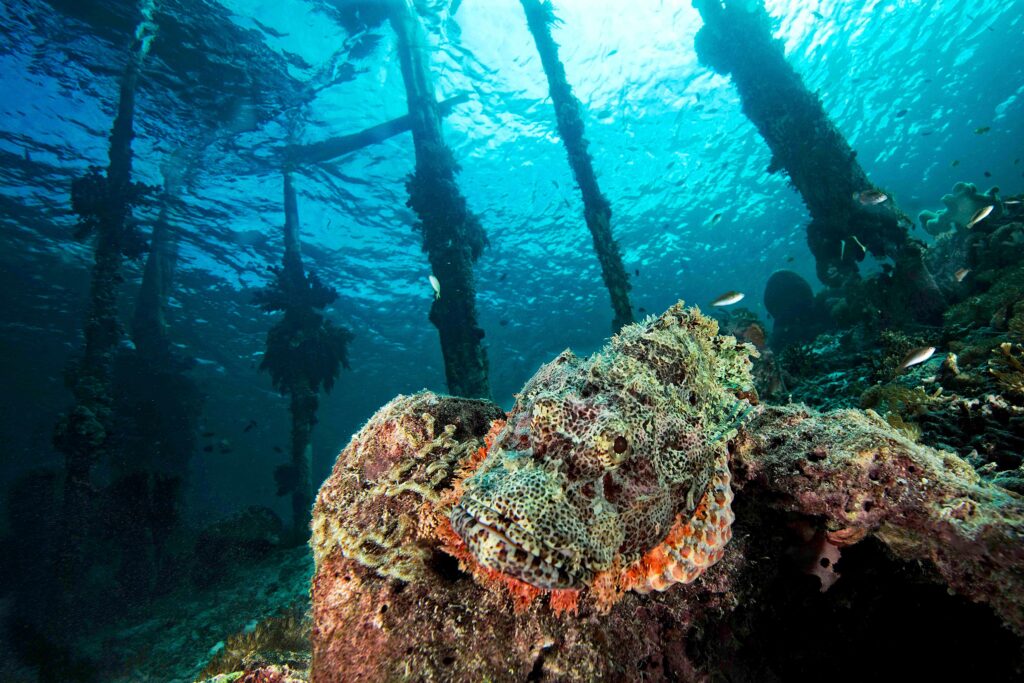
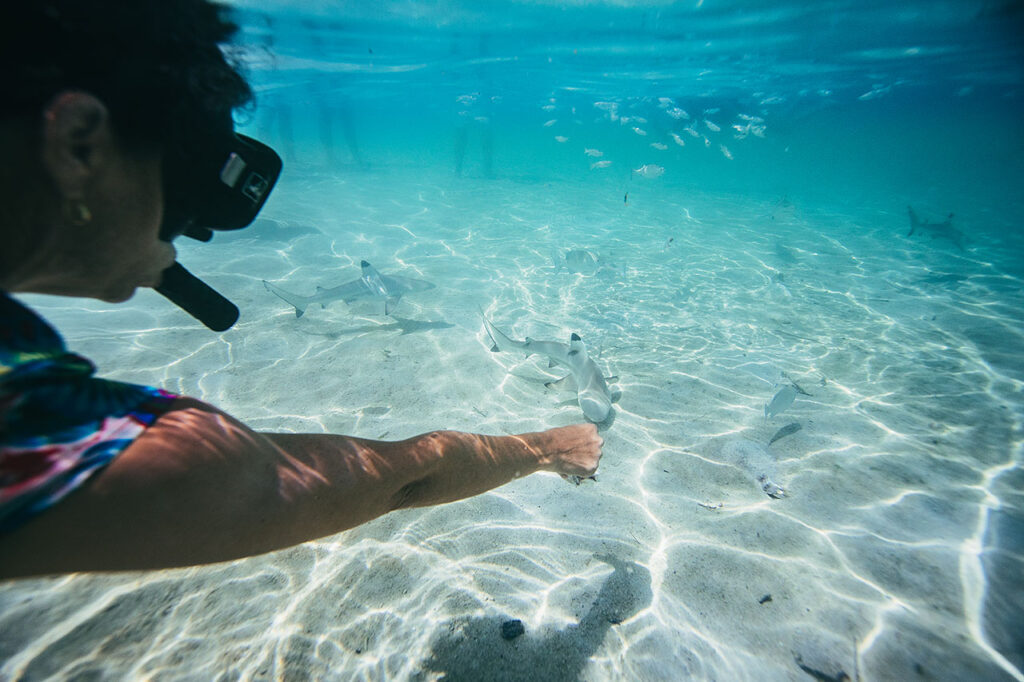
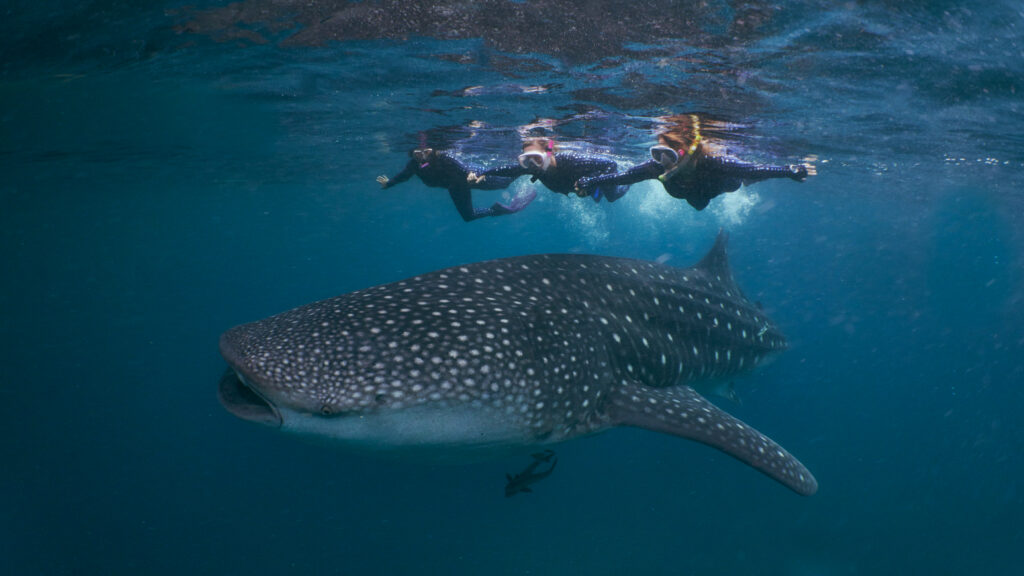
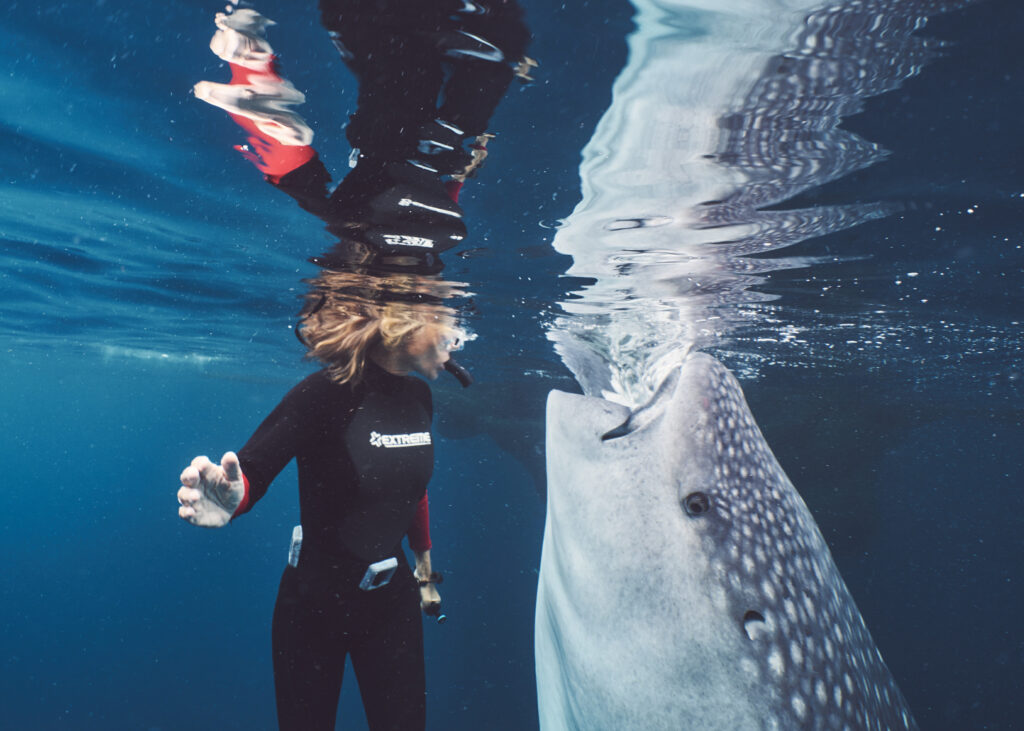
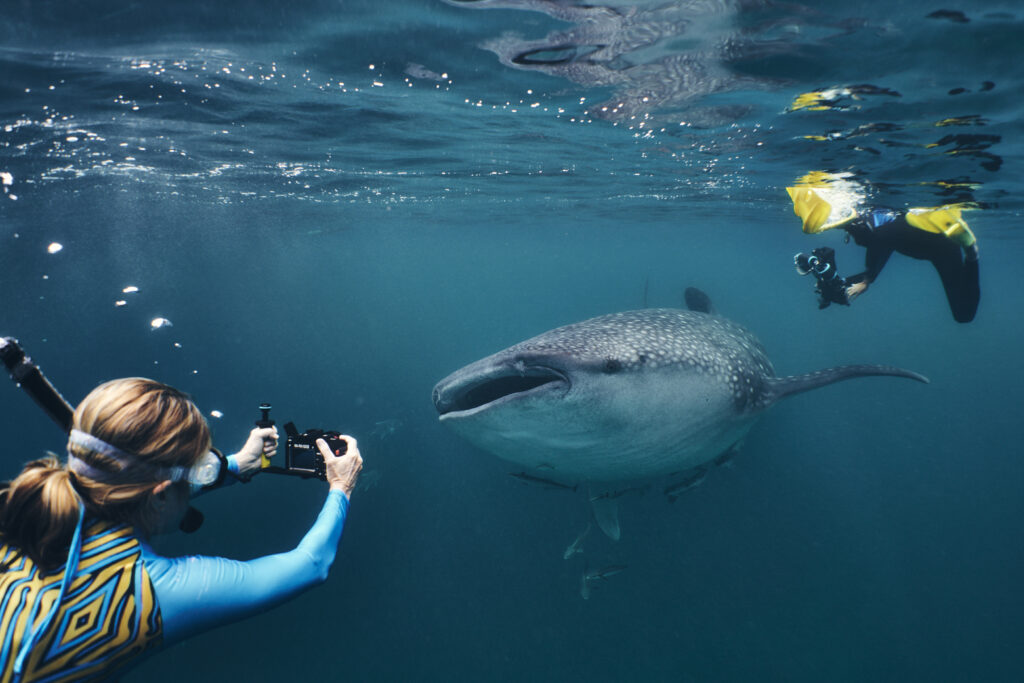
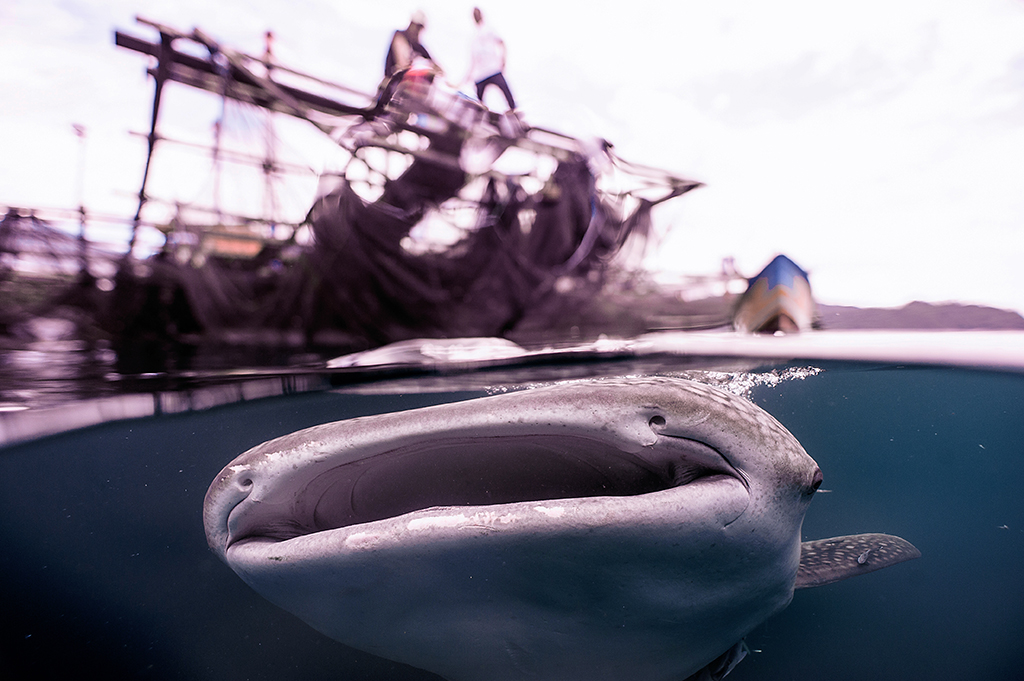
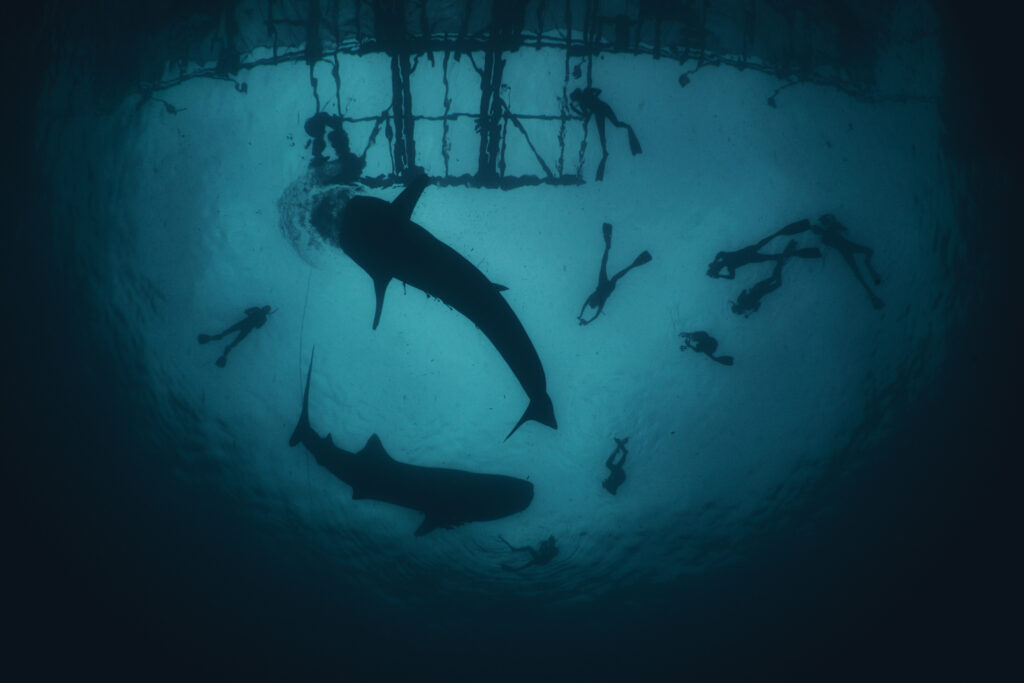
Our newest cruises have ventured to Triton Bay, where divers and snorkelers have the chance to dive and snorkel with whale sharks (and sometimes dolphins) below the traditional ‘bagan’ used by local fishermen to catch small fish.
With new dives and snorkels discovered on many of our voyages here, your divemasters aboard the Seven Seas invite you to experience an unbelievable variety of dive spots in Raja Ampat.
Watch the Exploration
Raja Ampat Landscapes
The Seven Seas Liveaboard 299 views
Raja Ampat by immersed - full version
The Seven Seas Liveaboard 352 views
Raja Ampat Liveaboard Diving with the Seven Seas
The Seven Seas Liveaboard 10.1K views
Diving colorful RAJA AMPAT. Out of the Black & Into the Blue (CHAPTER #8).
The Seven Seas Liveaboard 2.7K views
Chapter #10: AMBON to SORONG. Out of the Black & Into the Blue | NA-GH5 | Nauticam Housing |
The Seven Seas Liveaboard 3.6K views
2018_01 Raja Ampat 1
The Seven Seas Liveaboard 268 views
Raja Ampat on The Seven Seas 2017
The Seven Seas Liveaboard 488 views
Raja Ampat Highlights on board the Seven Seas 2016
The Seven Seas Liveaboard 4.7K views
Raja Ampat & Banda Sea - The Seven Seas Liveaboard
The Seven Seas Liveaboard 190 views
THE WILDLIFE
We’ve said it before, but the Raja Ampat archipelago and West Papua are all about amazing wildlife experiences.
The 4.6 million hectares of Raja Ampat are home to more than 1,700 species of reef fish, 700+ species of mollusks & invertebrates, 600 species of hard coral (approximately 75% of all known species), as well as the extremely rare birds of Paradise, as well as enormous pelagic species such as whale sharks, migratory whales, dolphins. Lucky divers on the Seven Seas liveaboard often glimpse the elusive wobbegong shark – only discovered by marine biologists recently and only found here in Raja Ampat.
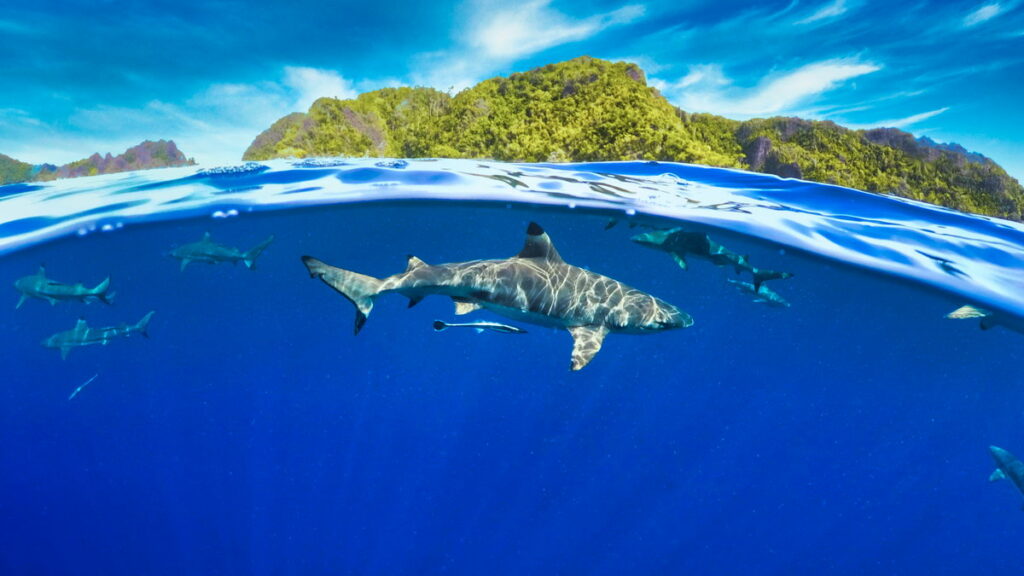
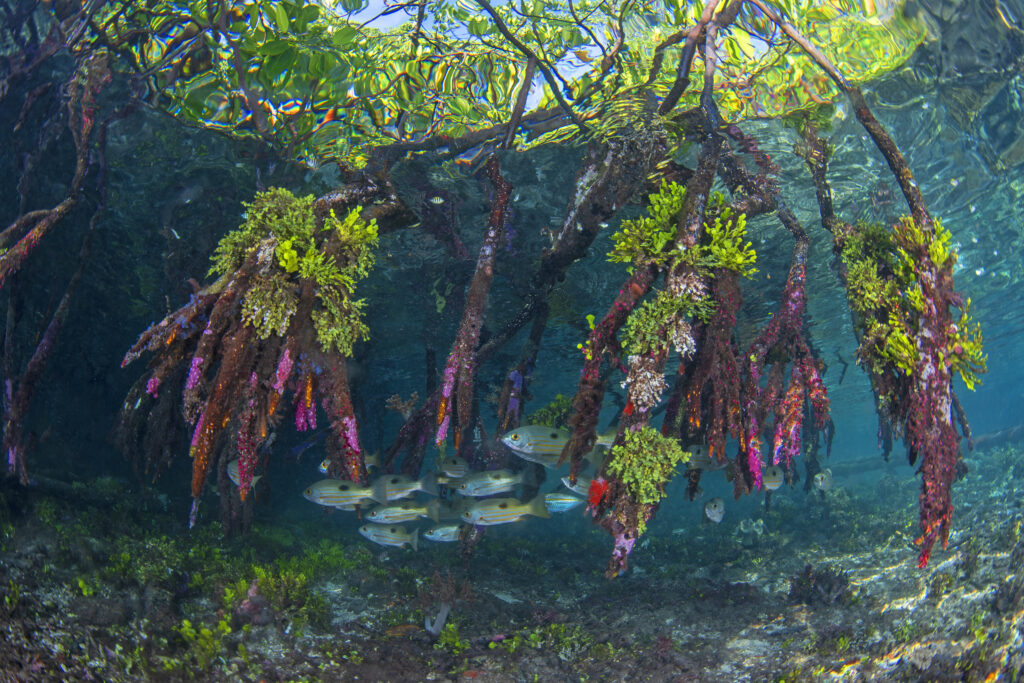
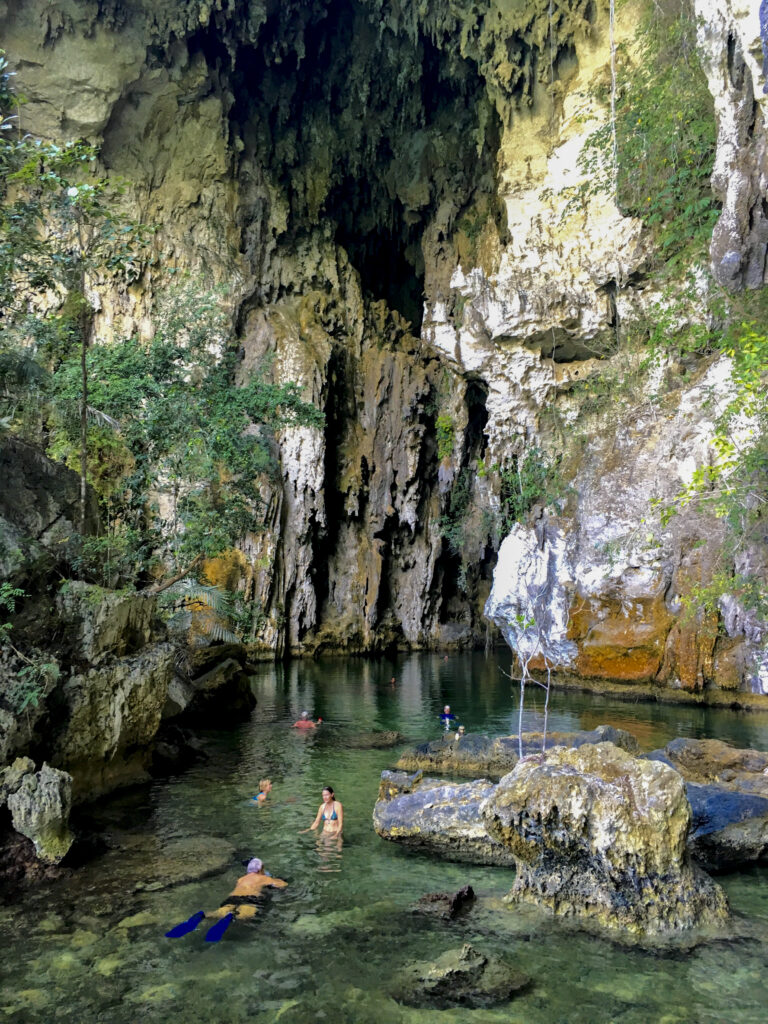
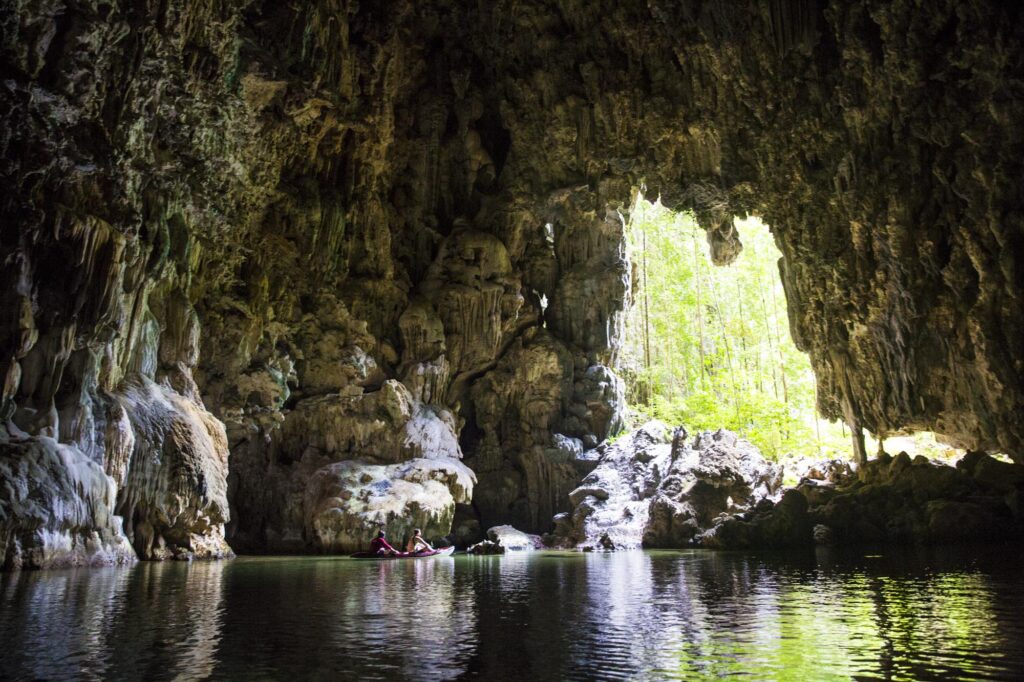
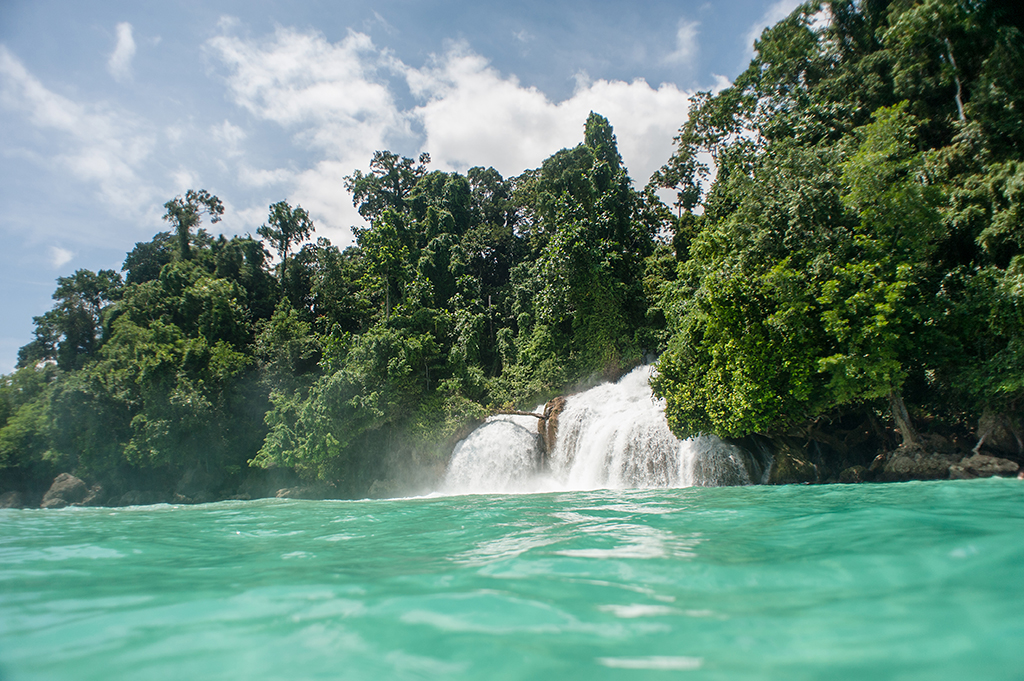
The sheer variety of habitats in Raja Ampat have created a biological treasure trove of species – from blue water seamounts, to blue water mangroves, to plunging coral walls, to shimmering coral gardens, to rainforests, to cave environments, it’s understandable how such a place could be home to the world’s treasure trove of biodiversity.
Seven Seas guests can choose to join a sunrise hike into the jungle with a local guide, looking for the chance to hear the mating call of the bird of Paradise or glimpse their elaborate mating ritual.
Other excursions can include an exploration around the dense mangrove forests, as well as the stunning blue water mangroves – one of the most unforgettable habitats to be found in Raja Ampat. On past trips around the mangroves, we’ve also glimpsed the fearsome saltwater crocodile.
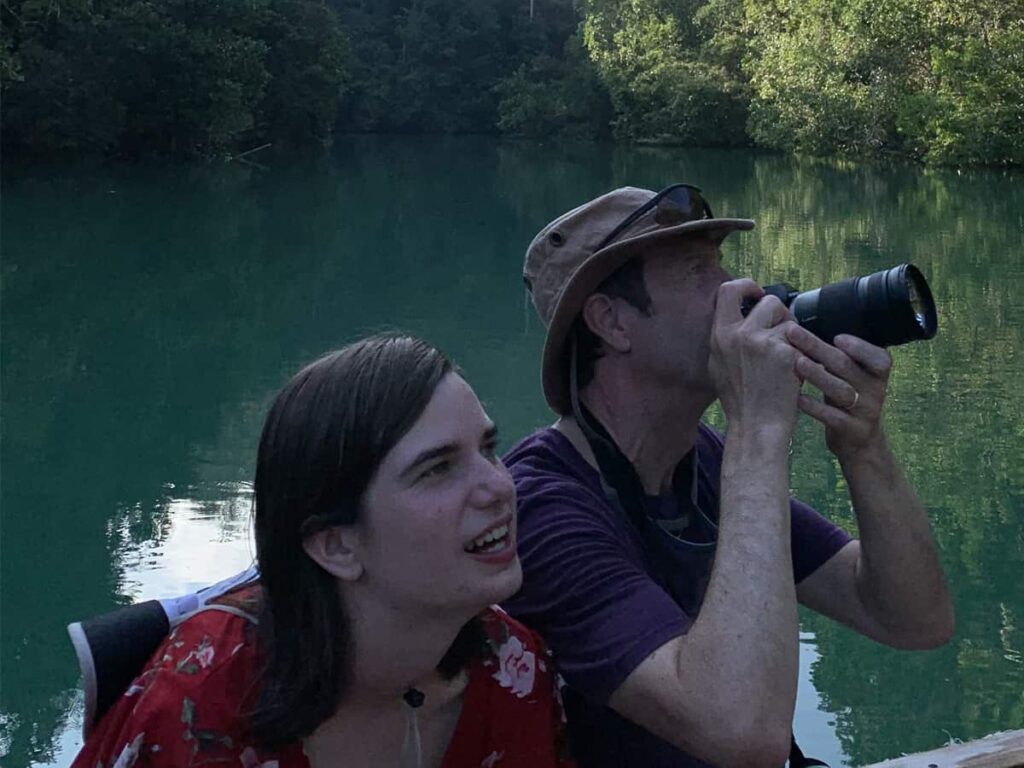
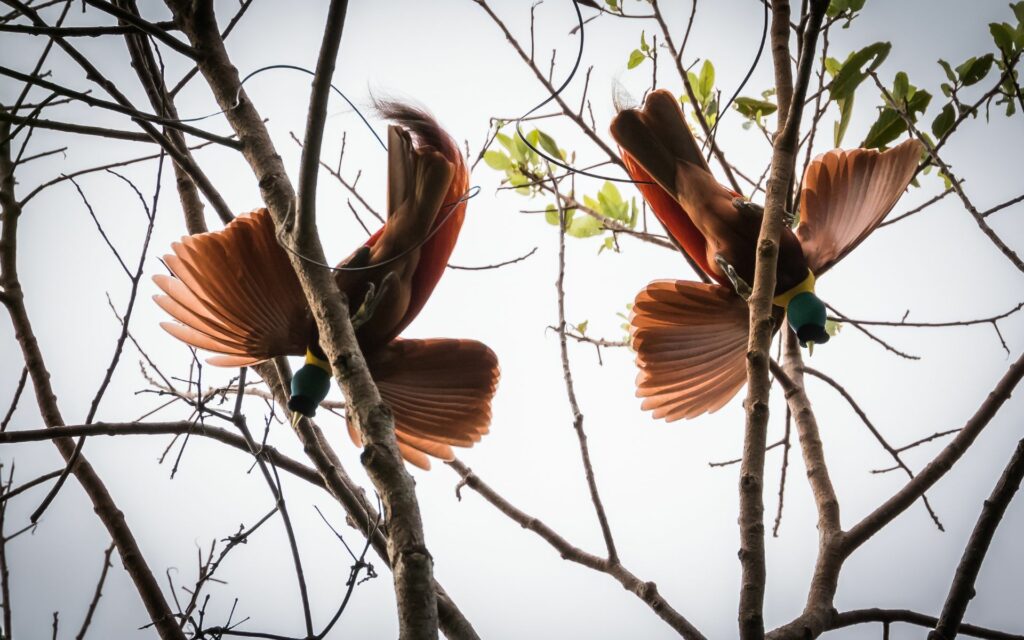
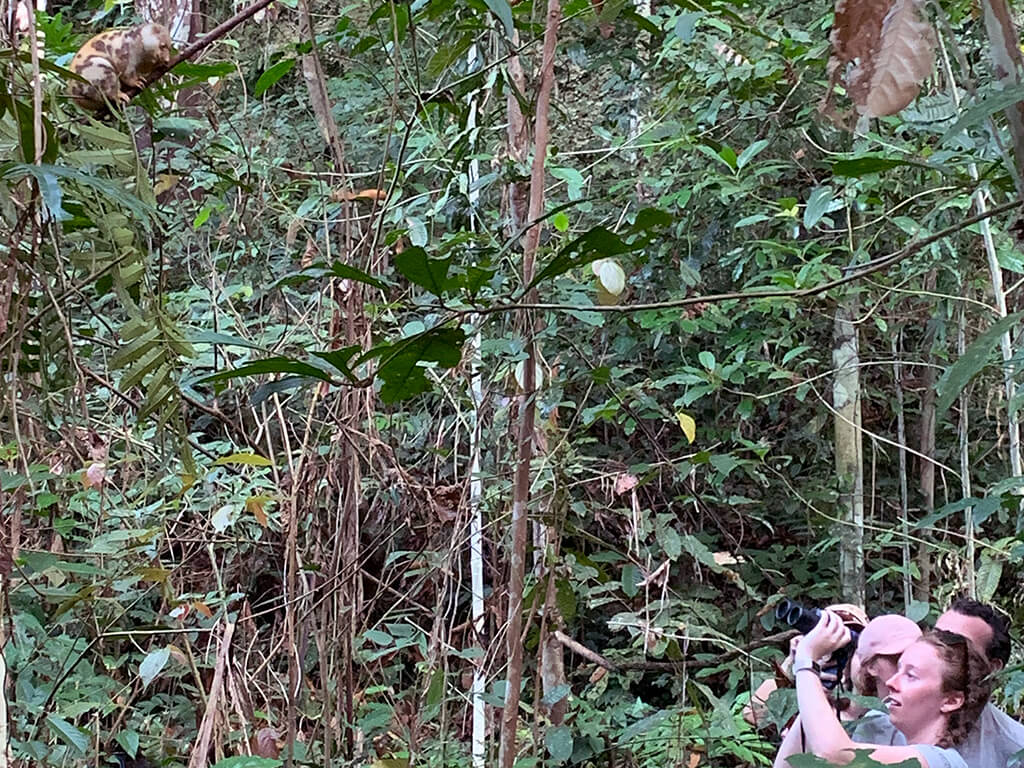
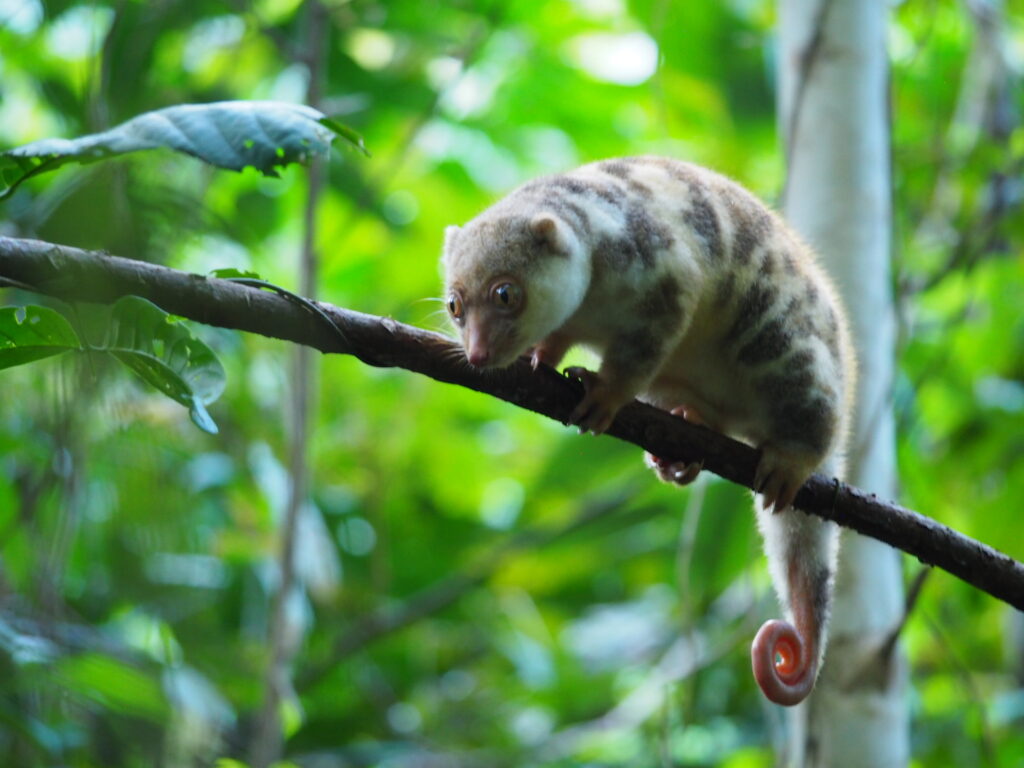
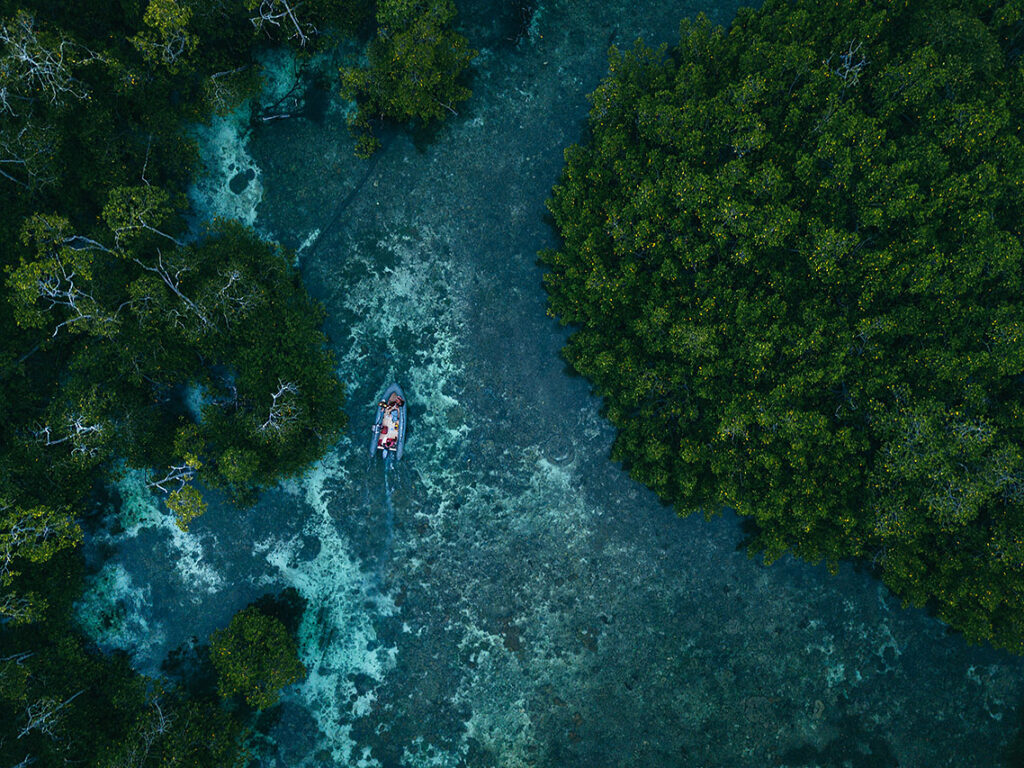
THE PEOPLE
The mythological origin story of Raja Ampat handed down by the tribes living here many centuries ago tells of a woman who discovers seven magical eggs. Four of these hatch, becoming four kings (the translation of ‘Raja Ampat’ is Four Kings). These kings go on to rule the four biggest islands of the archipelago, while the remaining eggs transform into a woman, a ghost, and a stone.
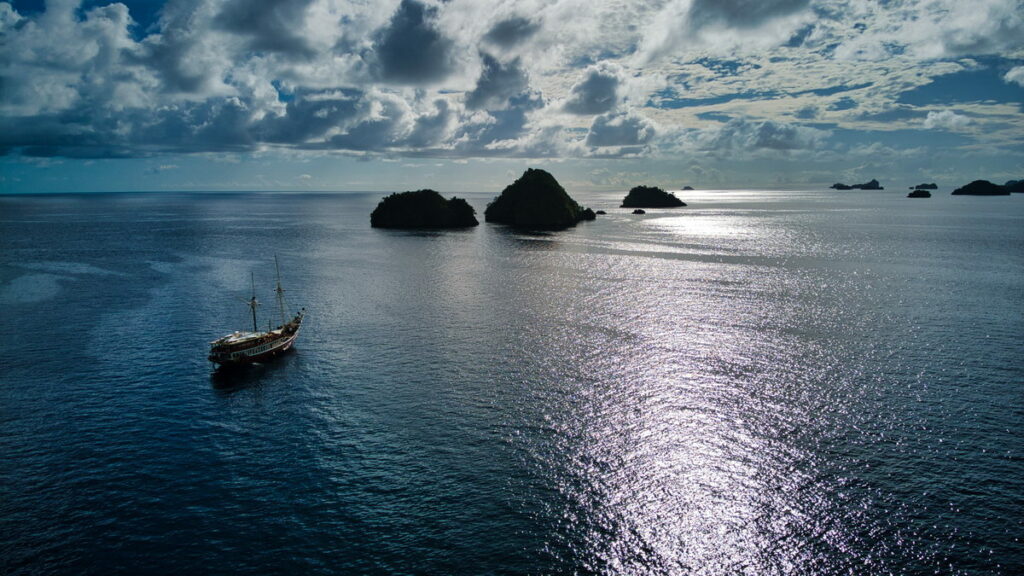
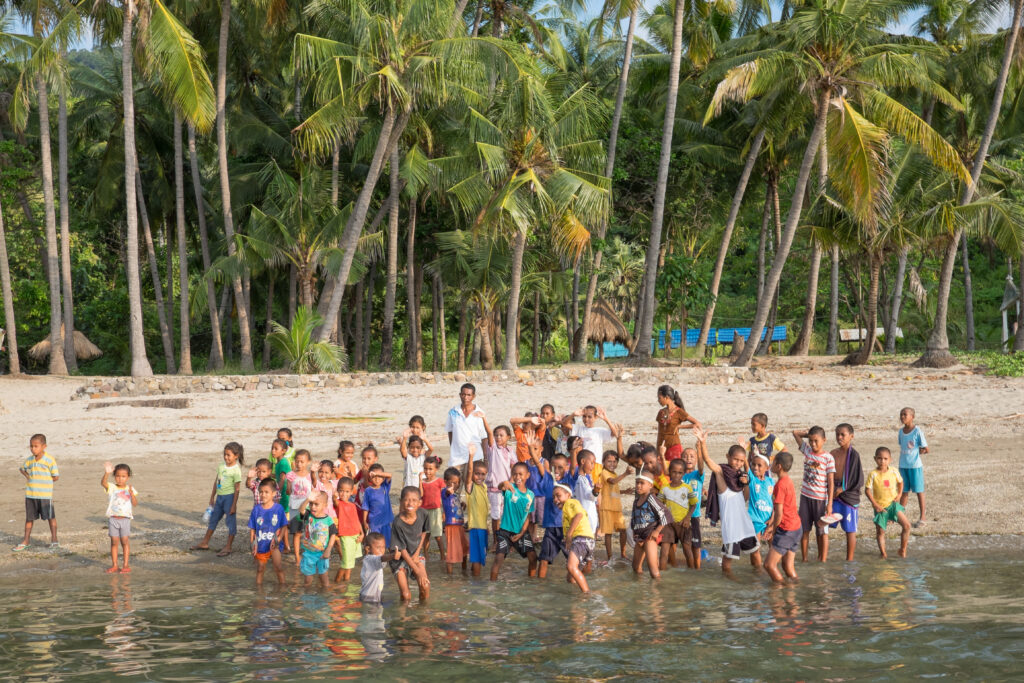
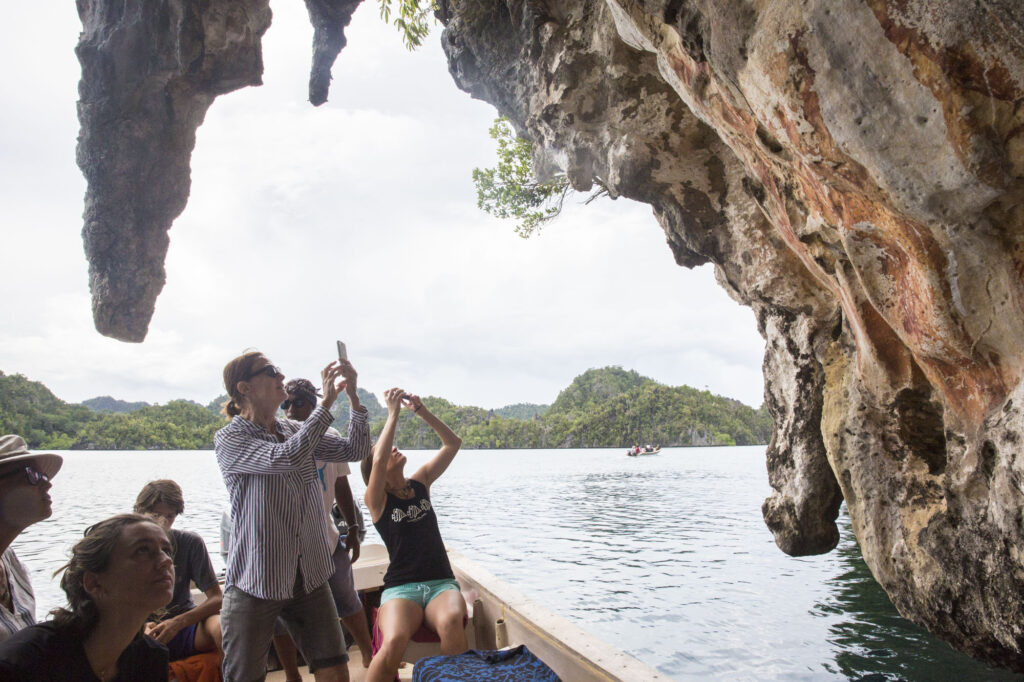
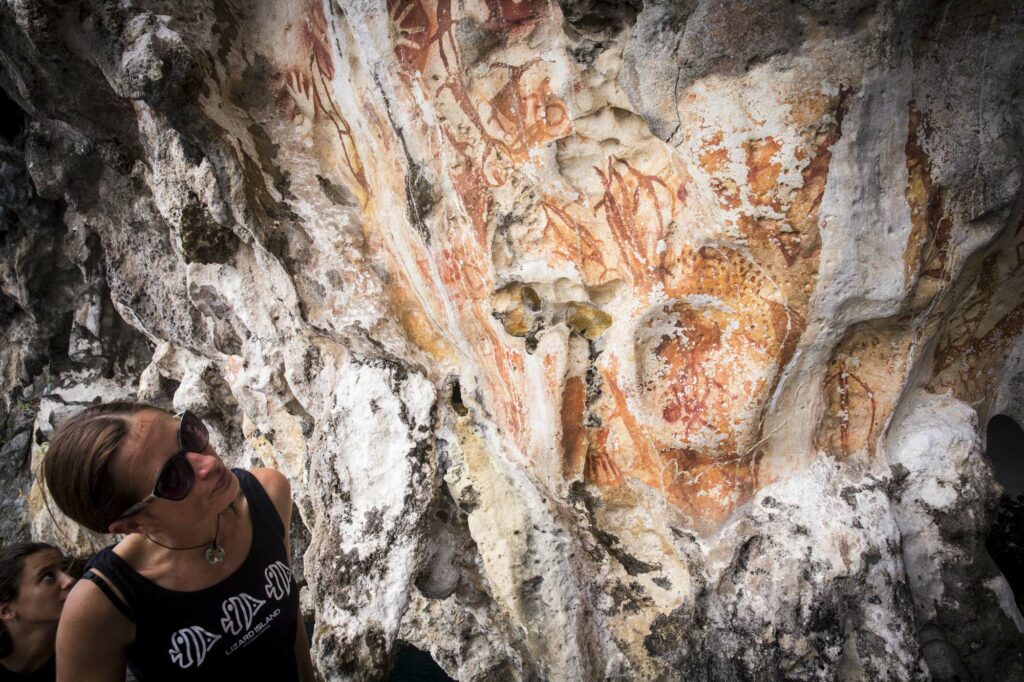
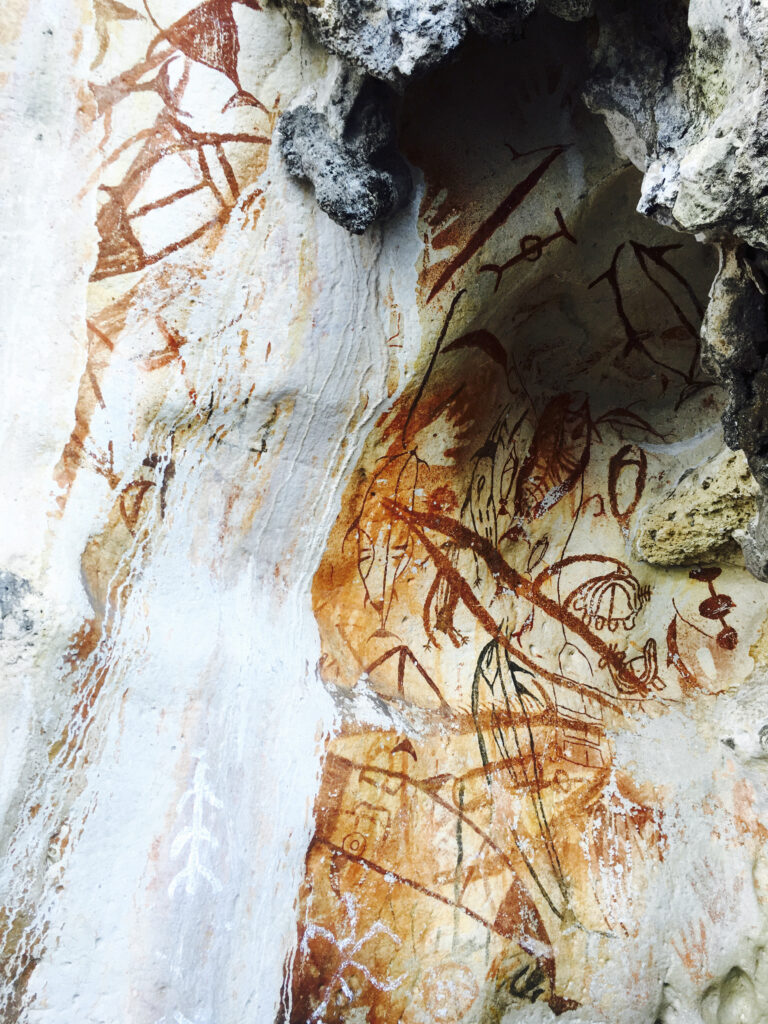
More recently, Raja Ampat was a Sultanate of Tidore in Maluku – however, the difficultly of reaching many parts of the archipelago mean that most of the people living here are scattered across many tiny fishing villages. Some villagers are also employed by the local pearl farms – famous for the quality of their jewelry.
Today, the area is part of West Papua province, with many people continuing the tribal traditions as their ancestors have for centuries.
Anthropologists have discovered ancient cave paintings, hinting at stories of human habitation dating back before recorded history – these incredible sites are also on the Seven Seas Raja Ampat itinerary.
Flights:
To Sorong, then simply stroll from the airport and board The Seven Seas.
Seven Seas also offers itineraries that start in Ambon, visit sites in the Banda Sea, then continue through Raja Ampat to end in Sorong. And the other way around. Contact us for more info.
- Spectacular diving and snorkeling
- Sensational kayaking in the shallow bays, especially in the mangrove forests
- Slow afternoon cruise with one of the tenders – get up-close-and-personal with the stunning land scenery
- Bird spotting – find the illusive Bird of Paradise from the water
- Hiking into the forest to experience the diversity of birds and animals
- We have a number of contacts with the local people who can guide you on your search for mysterious birds and plants
- Fishing – unexplored fly-fishing for bonefish or deep water trolling for marlin and sailfish
| Dry season: | October – April |
| Rainy season: | May – September |
| Air temperature: | 27 – 32°C |
| Water temperature: | 27°C |
| Best time to dive: | October – April (more wind and rain in the rest of the season) |

